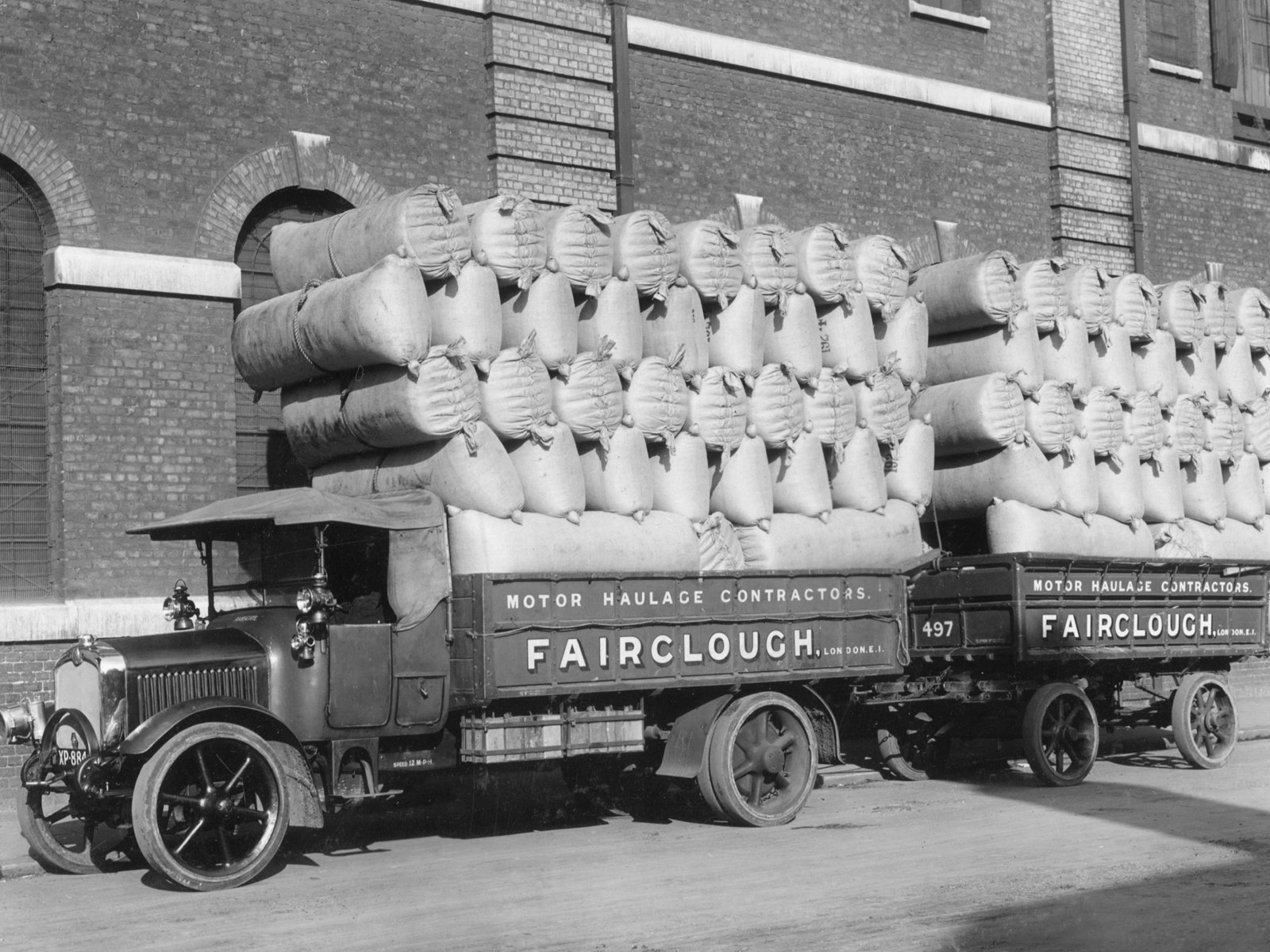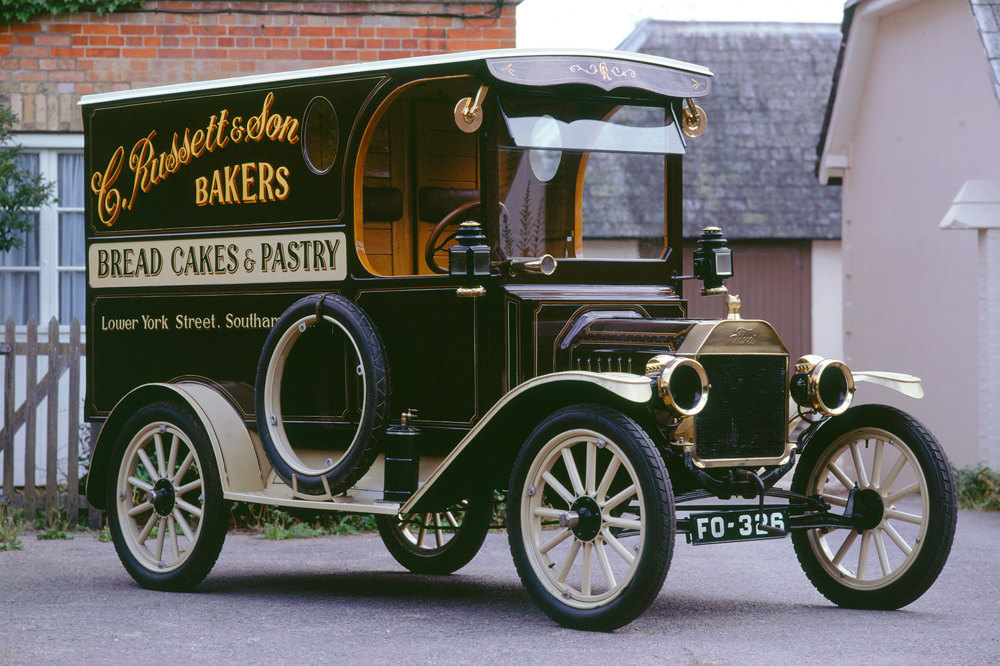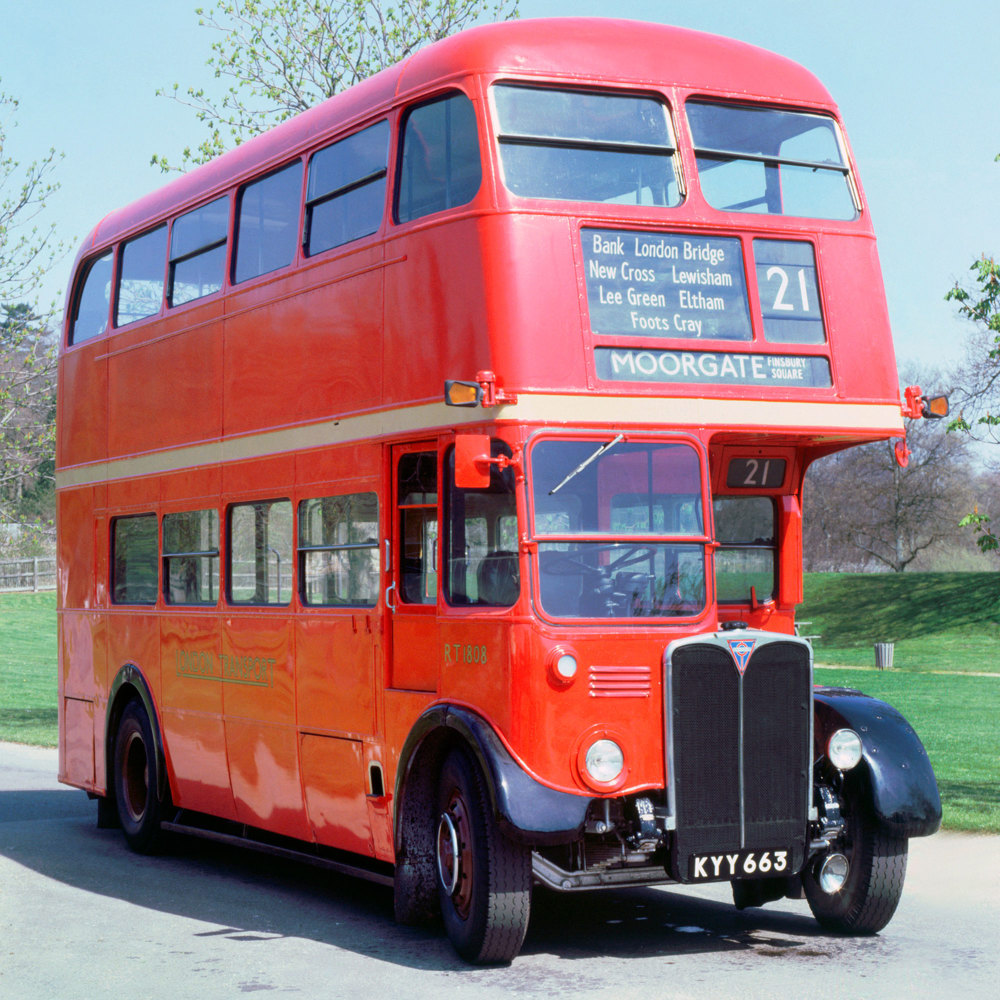
Commercial Vehicles
Cars and motorcycles provide personal or family transport for work, errands, sport and general recreation.
There are other groups of powered road vehicles which provide a wide range of essential services each day.
Perhaps most vital are vehicles used by the emergency services. A Daimler fire engine of 1888 was the first to utilise a petrol-powered engine for the water pump, whilst horses still provided the motive power. The 1907 Gobron Brillié fire engine at the National Motor Museum has a petrol engine but uses a steam-driven water pump.

Light vans like the Ford Model T developed rapidly, as increasing mechanical reliability ushered in the change from horse-drawn to petrol-powered deliveries.
Most motor manufacturers introduced small vans to their range, usually constructed on car chassis. Initially, they served to carry goods to houses and small businesses from the nearest railway station. Today, the light commercial vehicle is an indispensable part of the nation’s distribution network.
Mobile shops conveyed goods to their customers in outlying villages. The National Motor Museum example, built on a 1933 Morris Commercial chassis, was used on daily rounds in Battle, East Sussex until 1944.
Private hire and public transport vehicles have developed since the early days of motoring. During the 1890s there was brief competition between horse-drawn hansom cabs and a variety of electric cabs. The first petrol-driven taxis appeared in London in 1903. The French Unic Company was one of the many overseas firms supplying cabs to the British market, though Vauxhall offered motor cabs for sale by 1905.

Steam buses of the late nineteenth century failed to challenge horse-drawn versions. The motor bus was to prove more successful, and by 1905 there were 20 of them operating in London.
Demand to accommodate more passengers led to the popularity of the double-decker, of which the National Motor Museum’s 1950 AEC RT is typical.
With traffic congestion increasing in our towns and cities, smaller and more versatile buses have been introduced, based on light van chassis. Longer distance excursions by Charabanc were popular from the late Edwardian period into the 1920s. They were the forerunners of the modern motor coach.

Subscribe for updates
Get our latest news and events straight to your inbox.